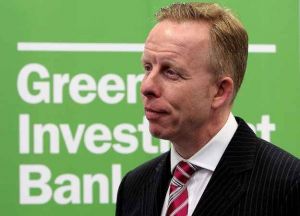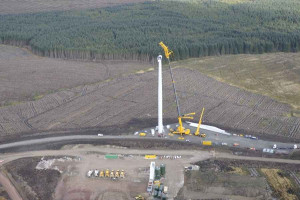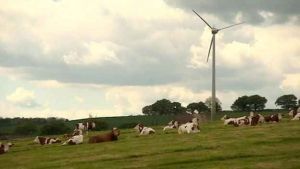The government’s Edinburgh-based Green Investment Bank (Gib) has announced plans to raise £1bn to encourage new investors to put money into offshore wind farms. The bank has said that it is seeking long-term investors for a fund that will be managed by a subsidiary. That subsidiary would buy equity stakes in wind farms already in operation.
It is thought that those likely to be interested will be pension and sovereign wealth funds looking for long-term, stable returns. The fund is a new development for Gib because it raises private money up front for investment in a particular industry instead of investing project by project.
The bank was launched by Vince Cable, the Lib Dem Business Secretary two years ago with the expressed purpose to invest in wind biomass and other renewable energy schemes. Such schemes would unlikely attract funding through normal channels because they are considered too risky or take too long to get a return on the investment.
In the year to the end of March 2014, GiB invested £668m in 18 projects. Its pre-tax loss for the first full year of operation was £5.75m but the bank expects to make a profit for the government as investments start to pay off.
Shaun Kingsbury, the bank’s chief executive, said:
“We want to do more to maximize our green impact. We plan to extend our reach into new markets like community-scale renewables. And we plan to raise new capital for the first time through the creation of a new £1bn fund for operating offshore wind assets.”
Last week, Kingsbury wanted to go one step further and seek for the Government to allow it to borrow from the capital markets. He said it could raise up to £60bn, Kingsbury. GiB might face protests over its funding of biomass and waste-incineration projects. The campaign group Biofuelwatch claims almost £200m of Gib’s investments went to these industries and that they are not eco-friendly or green and damage the environment. Biomass plants burn wood pellets instead of coal to generate energy. In December 2012 the bank lent up to £100m to the power group called Drax, to fund the conversion of Britain’s biggest power station to biomass. But the wood comes from wetland forests in the southern United States which are being destroyed. Drax says that they are using wood fiber that could not be used for anything else.





